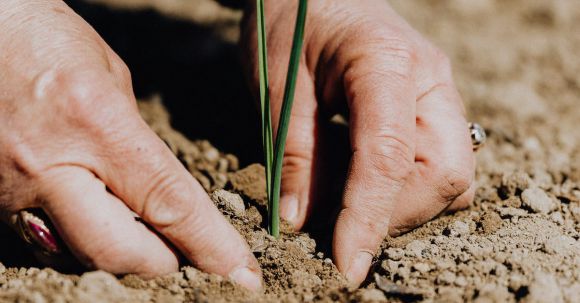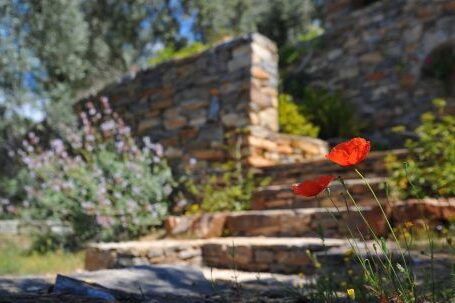Creating a green oasis in your garden is not only visually appealing but also beneficial for the environment. By adopting sustainable gardening practices, you can ensure that your garden thrives while minimizing the negative impact on the ecosystem. In this article, we will explore some essential tips on how to create a sustainable garden that is both beautiful and eco-friendly.
Choosing Native Plants
The first step in creating a sustainable garden is to choose native plants. Native plants are well adapted to the local climate, which means they require less water, fertilizer, and pesticides. They also provide food and shelter for local wildlife, promoting biodiversity. By selecting native plants, you can create a garden that is not only low-maintenance but also supports the local ecosystem.
Conserving Water
Water is a precious resource, and conserving it is an essential part of sustainable gardening. To minimize water wastage, consider installing a rainwater harvesting system. This will allow you to collect rainwater and use it for watering your garden. Additionally, using mulch around your plants can help retain moisture in the soil, reducing the need for frequent watering. Drip irrigation systems are also an effective way to deliver water directly to the roots, minimizing evaporation.
Composting and Mulching
Composting is a great way to reduce waste and improve soil health. By composting kitchen scraps and yard waste, you can create nutrient-rich compost that can be used to fertilize your garden. Compost helps improve soil structure, retains moisture, and enhances nutrient availability to plants. Mulching, on the other hand, helps suppress weed growth, conserve moisture, and regulate soil temperature. Using organic mulch, such as wood chips or straw, can also enrich the soil as it decomposes.
Natural Pest Control
Chemical pesticides not only harm pests but also beneficial insects, birds, and other wildlife. To create a sustainable garden, it is important to adopt natural pest control methods. This can include attracting beneficial insects, such as ladybugs and lacewings, that feed on pests. Planting flowers like marigolds and lavender can also help repel pests. Additionally, practicing crop rotation and companion planting can help prevent pest infestations.
Creating Habitat for Wildlife
A sustainable garden is not just for humans but also for wildlife. By creating habitat for wildlife, you can encourage beneficial insects, birds, and other animals to visit and help maintain the balance of your garden ecosystem. This can be done by providing food sources like nectar-rich flowers and fruit-bearing trees, as well as water sources like birdbaths or small ponds. Including birdhouses and bee hotels can also provide shelter for nesting and pollination.
Reducing Waste
In a sustainable garden, waste reduction is key. Instead of purchasing chemical fertilizers, consider making your own compost. Instead of buying new plants, try propagating them from cuttings or seeds. Reuse old containers and materials for gardening purposes. By reducing waste and recycling materials, you can minimize your environmental footprint and create a more sustainable garden.
Conclusion: A Greener Future
Creating a sustainable garden is an opportunity to contribute to a greener future. By following these tips and adopting eco-friendly gardening practices, you can create a beautiful green oasis that is not only visually appealing but also beneficial for the environment. Remember, sustainability starts at home, and your garden can be a small but significant step towards a more sustainable world. So, go ahead and create your own green oasis today!





